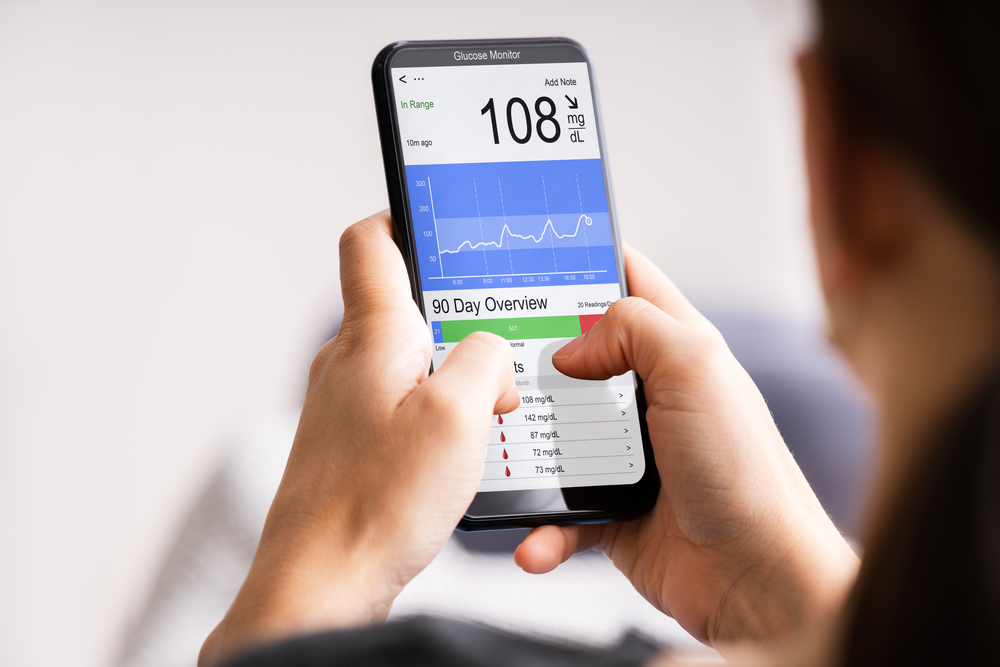While it is by no means new, remote patient monitoring (RPM) has become more popular over recent years. This is in no small part due to the COVID-19 pandemic—during this time, we as a population figured out how to fulfill our needs from home out of necessity, from working to grocery shopping and attending doctor’s appointments. Virtual care surged, and with it, remote patient monitoring (especially deviceless RPM) became a necessity for many Medicare patients who suffered from chronic conditions and were now at risk of contracting the coronavirus.
With this, we discovered that operating from home is more convenient, more cost-effective, and puts less strain on populations that are hard to reach or cannot consistently show up for in-office checkups or visits. It helps that many RPM devices are easily available or commonly present in many homes. These devices include:
- Blood pressure monitors
- Weight scales
- Blood glucose meters
- Spirometers
- Pulse oximeter
- Thermometer
- ECG/stethoscope
- Activity trackers (can monitor fall risk, steps taken, heart rate, and even sleep)
Providers Across the Care Continuum Benefit from Remote Patient Monitoring
According to a LinkedIn study, Registered Nurse (RN) is currently the fourth most in-demand job today and has held its position on this list for some time. At the same time, the healthcare workforce is seeing record disparities in the number of nurses and care providers needed versus the number of health experts currently in the field. The staffing supply-and-demand gap creates an environment in which healthcare professionals have more patients than they can properly manage. These problems are further exacerbated by the administrative burdens care providers take on, such as logging patient data, administering questionnaires, taking vitals, and more.
Thankfully, there are many ways remote patient monitoring can be used to streamline clinical processes and optimize staff efficiency, allowing providers to perform top-of-license. RPM systems that integrate with electronic health records (EHRs) or other virtual provider networks can be used to automatically collect specific data for nurses or other patient care professionals, allowing them to monitor more patients in a typical day.
In a world where convenience is key, making efforts to meet patients where they are—at home, in the clinic, or anywhere at all—increases a provider’s reach. Plus, more frequent check-ins also deepen the provider-patient relationship and boost caregiver connectivity.
Remote Patient Monitoring Enhances Patient Engagement Across All Populations
85% of Medicare-aged patients have at least one pre-existing condition, and 60% of this very same population have at least two. With Medicare beneficiaries suffering from many chronic conditions, strong patient-provider communication is necessary to ensure that at-risk patients, including those who are in underserved communities or otherwise hard to reach, receive the care they need.
This is where remote patient monitoring comes into play. Individuals with chronic conditions can have check-ins at any frequency that suits their needs and lifestyle, whether that be every day, twice a week, or once a week. These more frequent check-ins allow providers to make informed, timely interventions and the clinical data needed to make important decisions, like when to proceed with surgery or increase medication dosage.
As health equity continues to rise as a primary ambition among health systems, physician enterprises, and clinical networks, improving access to care across all patient populations further contributes to one day achieving this goal.
Deviceless RPM® Meets Patients Where They Are
While there are many RPM devices available that can be used to monitor patients’ symptoms and conditions, a deviceless solution collects the same data as traditional RPM devices but only requires a device nearly all individuals have access to all day: a phone. Rather than requiring patients to learn how to use a new, possibly highly advanced technology, deviceless RPM meets patients wherever they are and whatever their preference for communication.
A deviceless RPM solution like CareSignal gives providers the upper hand when it comes to integrating into patient lifestyles. If a patient has access to a phone via a landline, smartphone, or pay-as-you-go phone, CareSignal works. This has made chronic care management more accessible to hundreds of thousands of lives in the United States.
As health systems, physician enterprises, and other clinical networks take on more risk, this solution helps them achieve their vision across larger patient populations (including at-risk and rising-risk) without putting more tasks on their clinical workforce. The traditional patient-to-care-manager model is a highly manual and reactive process, with one care manager monitoring an average of 140 patients. By eliminating guesswork and reducing administrative burdens, care managers can monitor up to 10 times the volume of patients with solutions like CareSignal, including both high- and rising-risk patients.
To learn more about remote patient monitoring, I encourage you to review CareSignal’s case studies, whitepapers, and other publications, or contact Lightbeam.

By Jennifer Paule
Business Development Executive, CareSignal
